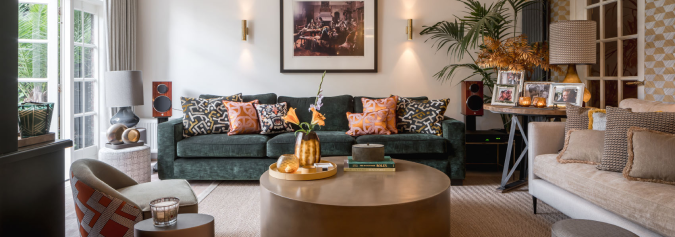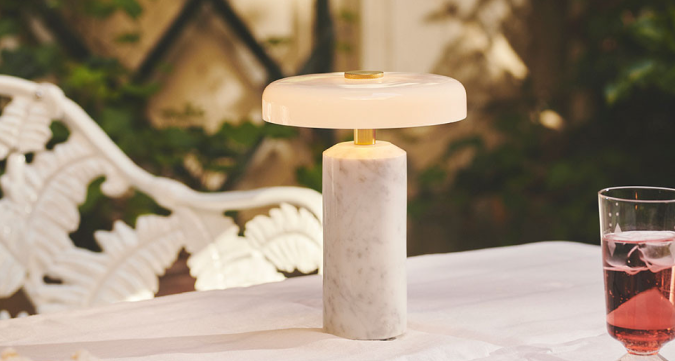A shelving unit is increasingly becoming a staple in various interiors and is a real eye-catcher in the living room or bedroom. They are not only practical but also a fantastic way to add character to your interior design. Whether it's showcasing your favorite books, displaying decorative items, or adding a touch of green with plants, a shelving unit gives you the freedom to let your creativity run wild. But how do you ensure it doesn't look too empty and dull, but also not too full and cluttered?
Let us help you style your shelving unit! The great thing is that you can follow your own sense of style and taste when decorating it, making the unit a true reflection of your personality. We'll give you some handy tips to help you find the perfect balance in your shelving unit.
Choose items of appropriate size:
Try to avoid placing too many small items in a large shelving unit. Opt for larger ornaments and items. A great starting point is a stack of Assouline books. Then, place a beautiful Giobagnara Trinket Box or Eichholtz Eras Travertine Object on top, and voilà! Have you seen the unique ornaments by Bosa Ceramiche? Or do you prefer the stylish vases by Guaxs?
Maintain proportion:
Ensure that all shelves are well-proportioned, so that there's no upper shelf that becomes overloaded. At the same time, it's important that each shelf maintains a sense of harmony and balance, avoiding areas that are too empty due to too many small items, while other areas are overly full.
Cluster items and avoid clutter:
Divide the shelves into sections, so you're working with small clusters. Make sure no item stands alone, always combine it with another item to form a cluster of two or three.
Add personal touches:
Incorporate personal and unique items that hold value to you or have a special memory attached. This adds a distinctive touch to your shelving unit.
Step back and view the whole:
Once you've finished decorating, it's time to take a step back and view the unit as a whole. Take the time to look at it from different angles. Your goal? Look for balance, proportion, and clustering, so that nothing stands out as if it's all alone.
















